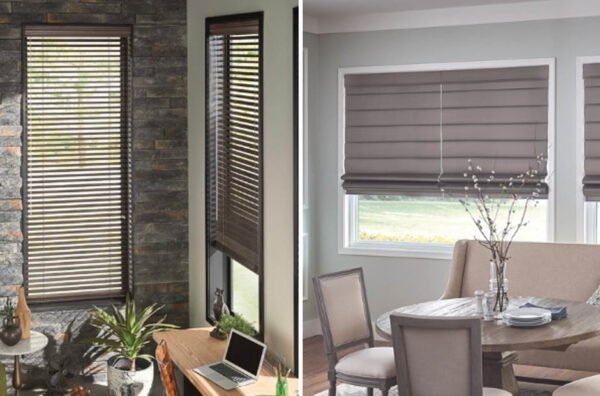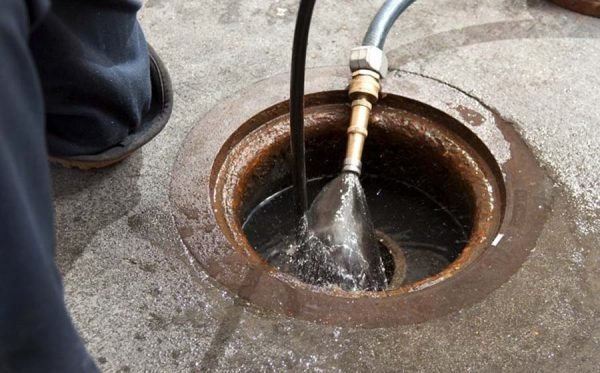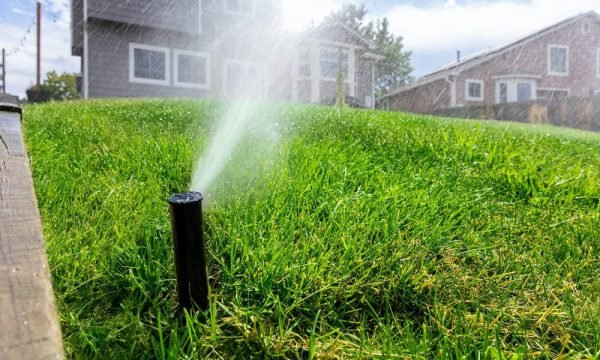Your home’s roof is its first line of defense against the elements, which is critical in protecting your family and belongings. However, like all parts of a home, a roof has a limited lifespan and will eventually need to be replaced, notes SGI Arlington Management. Recognizing the signs of an aging roof is essential to prevent leaks, structural damage, and costly repairs.
In this guide, we’ll explore the key indicators that your roof may be nearing the end of its service life and discuss why timely replacement is crucial for maintaining your home’s safety and integrity.
Table of Contents
The Importance of Regular Roof Maintenance
Regular roof maintenance is crucial for extending the lifespan of your roof and ensuring its continued functionality. A well-maintained roof can last anywhere from 20 to 50 years, depending on the material used. However, neglecting basic upkeep tasks like cleaning gutters, removing debris, and inspecting for damage can significantly reduce your roof’s lifespan.
Moreover, regular maintenance allows homeowners to identify and address potential issues early on, preventing them from becoming larger and more costly problems down the line. By investing in regular roof maintenance, you can save yourself time, money, and stress in the long run.
Signs of an Aging Roof
- Curled or Missing Shingles: One of the most visually apparent signs of an aging roof is when shingles begin to curl at the edges or disappear entirely. This suggests exposure to extreme weather conditions over time and indicates that your roof’s protective barrier is compromised.
- Bare Spots and Exposed Roofing Nails: Spots on your roof where shingles are missing or have worn down to expose the roof deck or nails are significant indicators of an aging roof. These exposed areas are vulnerable to water infiltration, leading to leaks and potential interior damage.
- Sagging Roofline: A roofline that appears to sag or has noticeable dips can indicate structural issues, such as weakened rafters or water damage. This condition not only affects the roof’s appearance but can also pose a safety risk.
- Granules in the Gutters: Asphalt shingles shed their granules over time, especially near the end of their lifespan. If you notice a significant accumulation of these granules in your gutters, it’s a clear sign that your roof is aging.
- Daylight Through Roof Boards: If you can see daylight coming through the boards in your attic, there are gaps in your roof, which can lead to water infiltration and reduce insulation efficiency.
- Increased Energy Bills: An unexplained increase in heating or cooling bills can indicate your roof’s insulation is no longer effective. Aging roofs can develop leaks and drafts that make your home’s climate control systems work harder.
Why Timely Replacement Matters
Delaying roof replacement when signs of aging and roof damage are present may seem like a cost-saving measure, but it can ultimately lead to more significant expenses and headaches in the long run. As your roof deteriorates further, so does its ability to protect your home against water, wind, and other elements. This can result in costly interior damage and even pose a safety risk to your family.
Moreover, timely roof replacement can also provide you with the opportunity to upgrade to more durable and energy-efficient materials, saving you money on future maintenance and utility costs.
Additional Factors to Consider
- Material Durability: When considering roof replacement, the durability of the roofing material is paramount. Materials like metal, slate, and certain types of tiles can offer longevity beyond traditional asphalt shingles. Understanding the pros and cons of each material will help you make an informed decision that balances cost with the expected lifespan and maintenance requirements.
- Climate Considerations: Your local climate plays a significant role in determining the suitable roofing material for your home. For instance, in areas prone to severe weather conditions such as hurricanes, tornadoes, or heavy snowfall, choosing materials with higher wind or weight resistance might be necessary to ensure your roof’s longevity and safety.
- Energy Efficiency: New roofing materials have energy-efficient features that can help reduce your home’s heating and cooling costs. Options such as cool roofing can reflect more sunlight and absorb less heat than standard roofing materials, helping to keep your home’s interior more comfortable and lowering energy expenses.
- Aesthetic and Architectural Style: The appearance of your roof contributes significantly to your home’s overall aesthetic and curb appeal. It’s important to select materials and colors that complement your home’s architectural style. Whether you prefer a modern, traditional, or rustic look, there’s a variety of roofing materials and designs to match any home exterior.
- Local Building Codes and HOA Rules: Before proceeding with a roof replacement, it’s essential to be aware of any local building codes or homeowners association (HOA) rules that may affect your choices. Some areas may restrict certain materials or colors to maintain a uniform appearance in the neighborhood.
- Professional Installation and Warranty: The quality of installation can greatly affect the lifespan and performance of your new roof. Choosing a reputable and experienced roofing contractor is crucial. Additionally, consider the warranty on the roofing material and the installation workmanship. A strong warranty can provide peace of mind and protection against unforeseen issues.
- Cost Versus Value: While the upfront cost is an important factor, it’s also valuable to consider the long-term investment value of your new roof. More durable materials may have a higher initial cost but can offer savings over time through reduced maintenance needs, longer lifespan, and energy savings. It’s essential to weigh the cost against the potential value and benefits in the future.
Conclusion
In conclusion, timely roof maintenance and replacement are crucial for every homeowner. Not only does it ensure your family’s safety and protect your home from damage, but it also offers opportunities for savings and improvements.
By staying aware of the signs of an aging roof, considering various factors when choosing a new roof, and working with a reputable contractor, you can make an informed decision that benefits your home for years. So be sure to regularly inspect your roof and address any issues promptly before they escalate into more significant problems.





